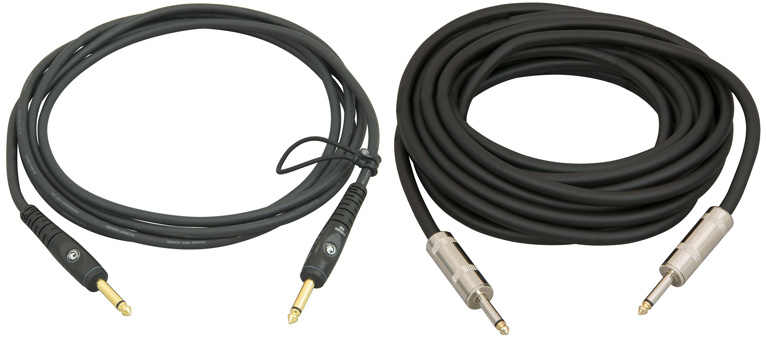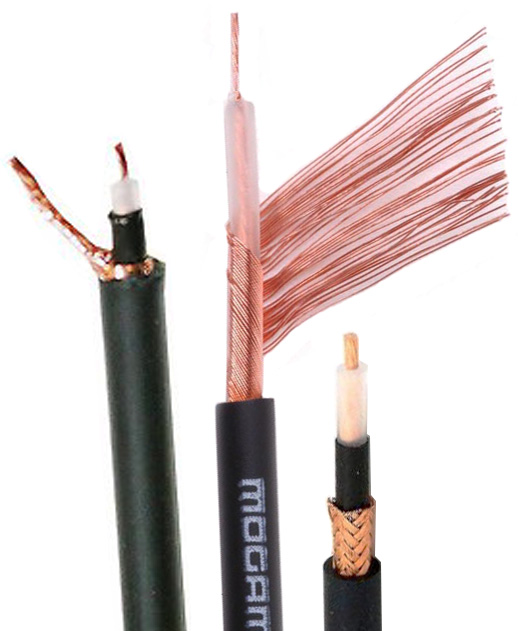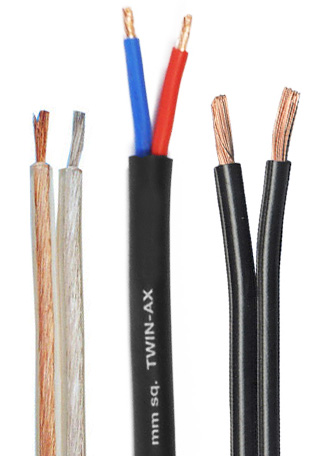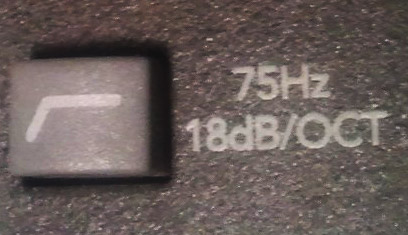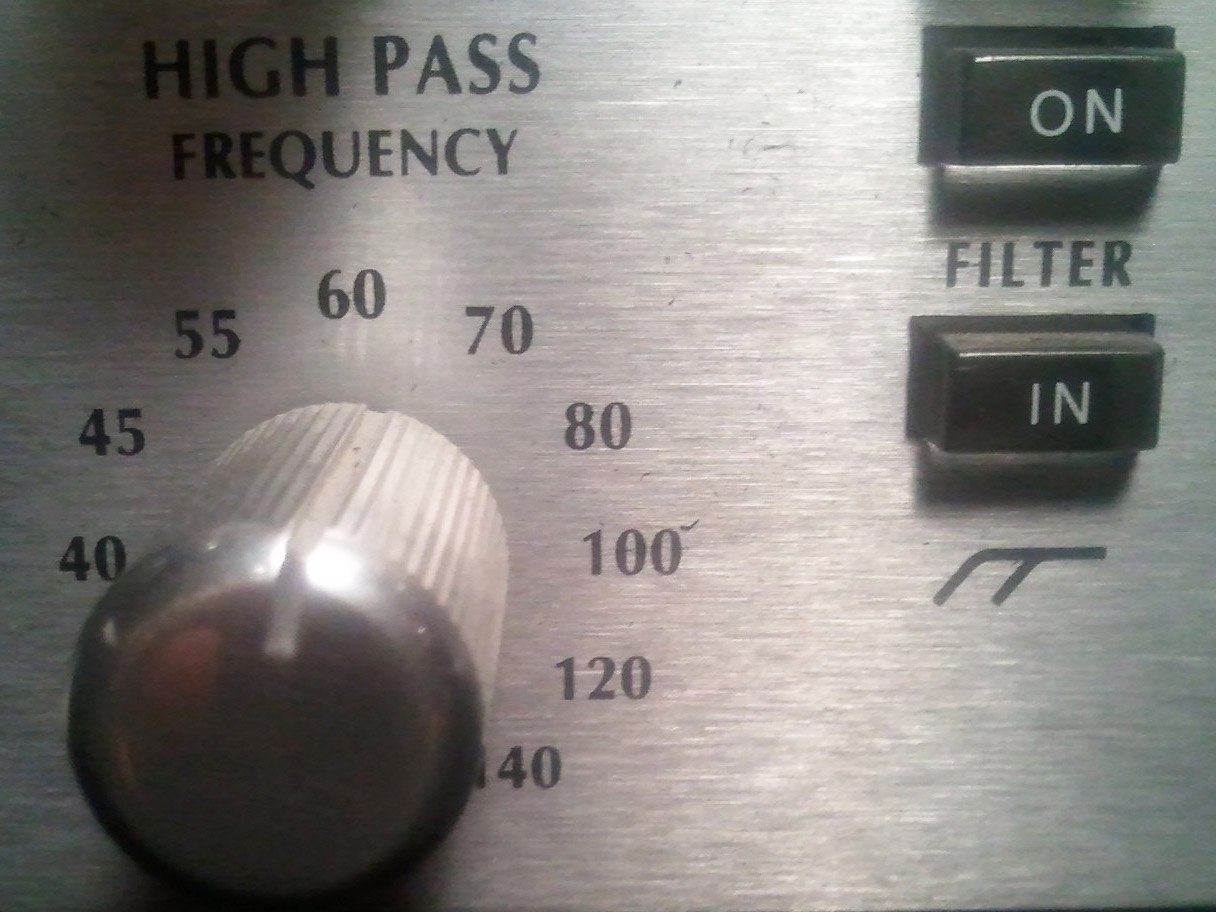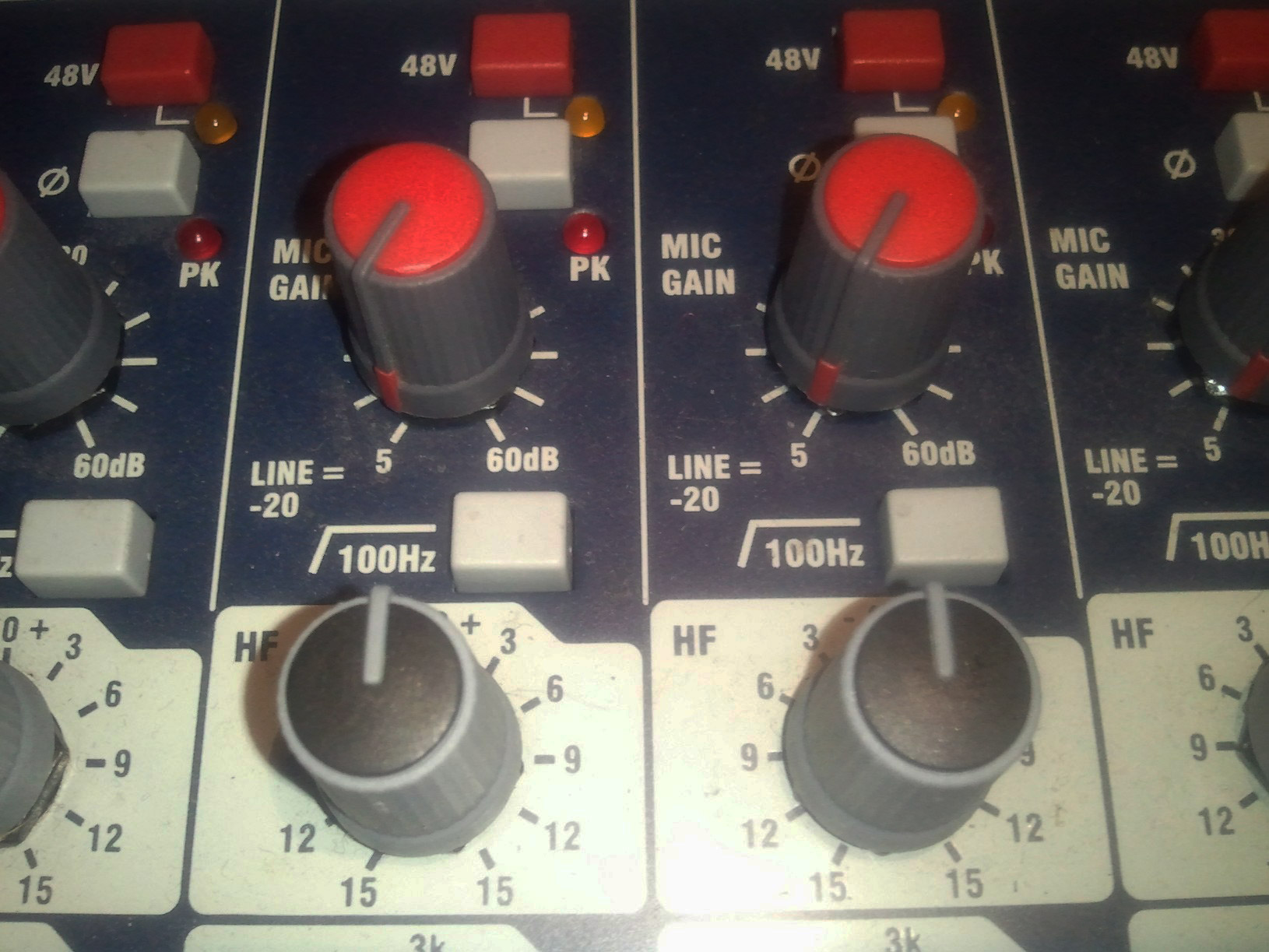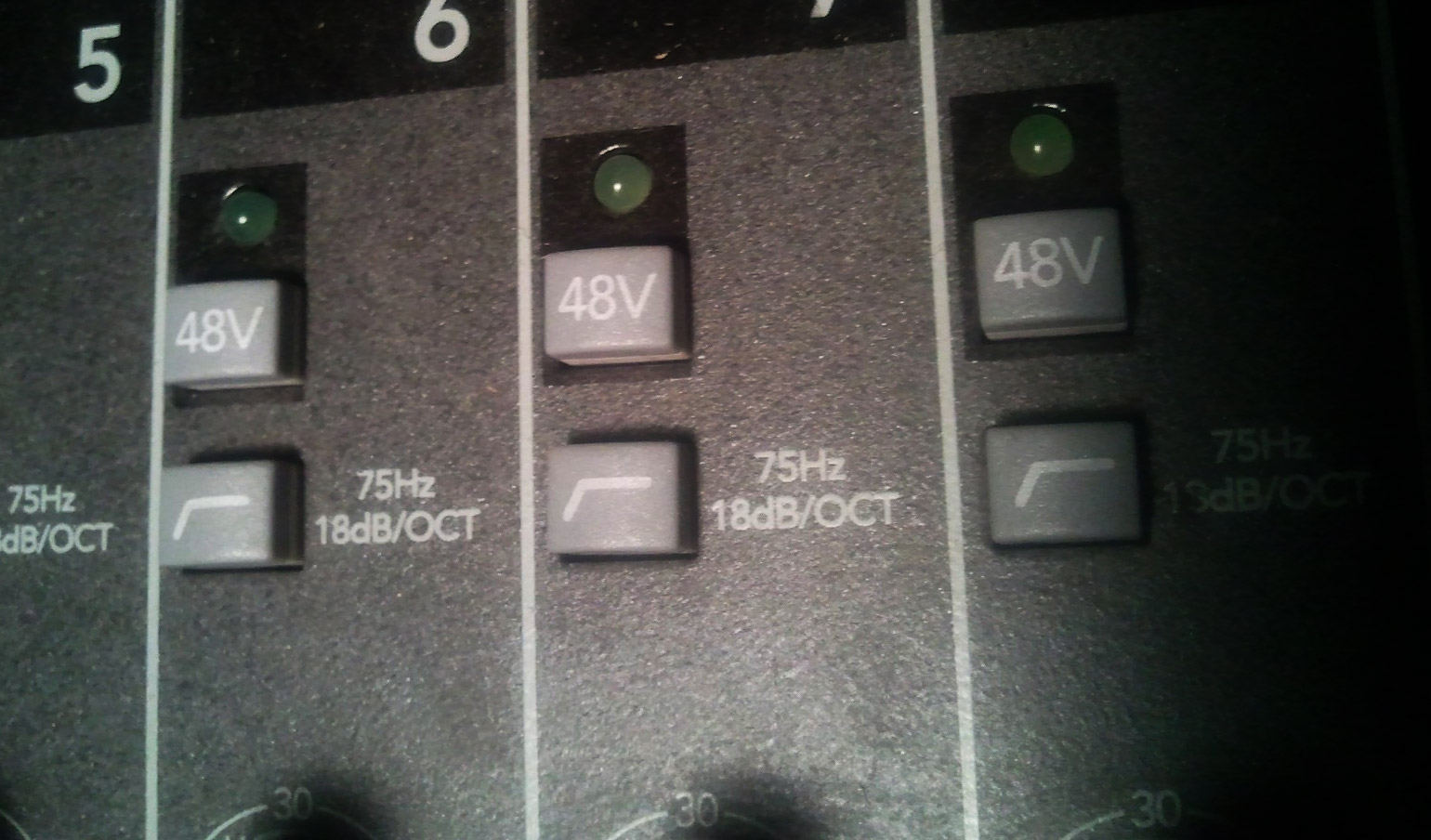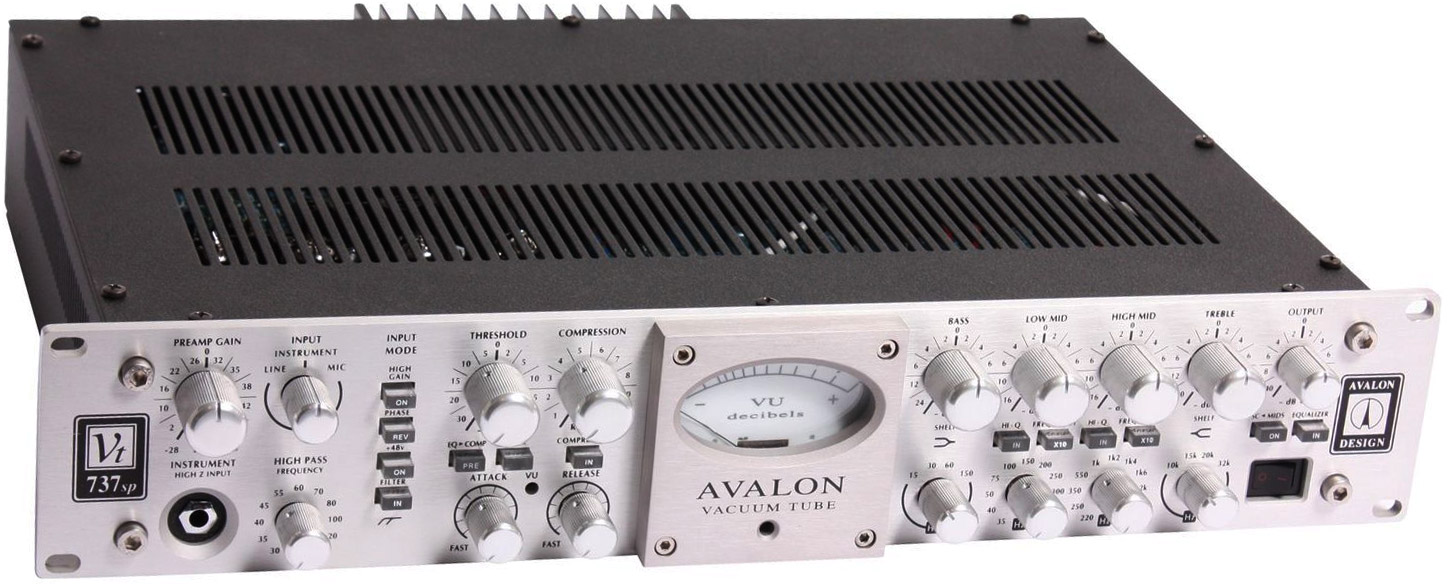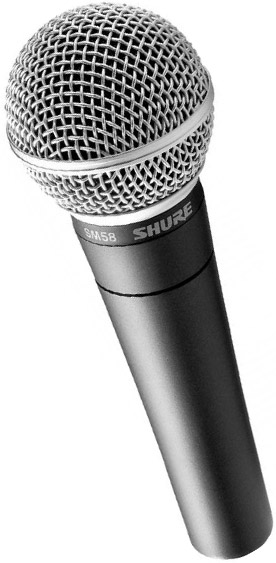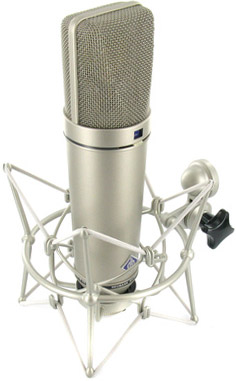Is there a difference between Instrument Cable and Speaker Cable?
Instrument cable (commonly referred to as Patch Cable, 1/4″ Cable or Guitar Cable) is designed to carry a instrument level signal or line level signal over fairly short distances.
Instrument cables have 2 wires in them. One wire carries the signal. The other is a ground wire.
The signal wire is usually somewhere between 18 gauge to 22 gauge. (quite thin)
The ground wire is either twisted or braided around the signal wire in order to shield the signal wire from waves in the air that add unwanted noise to the signal. See Electromagnetic interference / radio-frequency interference (RFI) on Wikipedia for more information on this.
The longer an instrument cable, the more susceptible they are to picking up interference. So, if you have a 100′ instrument cable, it will very likely be noisy. (no matter how good the shield is) For this reason, instrument cables should be no longer than 25′. The shorter the better.
Speaker cable is designed to carry an amplified signal over short or long distances.
Speaker cables have 2 wires in them. They are both the same thickness and type of wire. One wire is positive, the other is negative. There is no shielding on speaker cables. Shielding is not needed because the signal traveling through speaker cable is amplified. The strength of the signal is way higher than line level. Radio interference does not affect the signal because it is too quiet to be heard in comparison to the amplified signal traveling through the cable.
The gauge of the wires in the speaker cable vary depending on how powerful the signal traveling through them will be and the length of the cable. The higher the amount of power needing to go through the cable, the thicker it should be. As well, the longer the cable is, the thicker it should be.
Speaker cables should be treated with the same respect as AC power cables. In fact, they are pretty much the same thing. If you have an extension cord with no ground, you can cut the ends off of it, and you will have a perfectly fine speaker wire. (a 2 conductor copper cable)
Can I use one in place of the other?
Both instrument and speaker cables may have 1/4″ connectors on them. They can be hard to tell apart, but are very different and should not be mixed and matched. If you aren’t sure if you are dealing with an instrument cable or a speaker cable, unscrew the connector and have a look at the wires.
What happens if I use a speaker cable for my guitar?
- You will have a very noisy signal because speaker cable is not shielded.
What happens if I use an instrument cable in between my amp and my speaker?
- You can damage your amp. (Think about a powerful water pump hooked up to a tiny hose.)
- You could also melt the cable and potentially start a fire. Instrument cables are not high enough gauge to carry an amplified signal.

